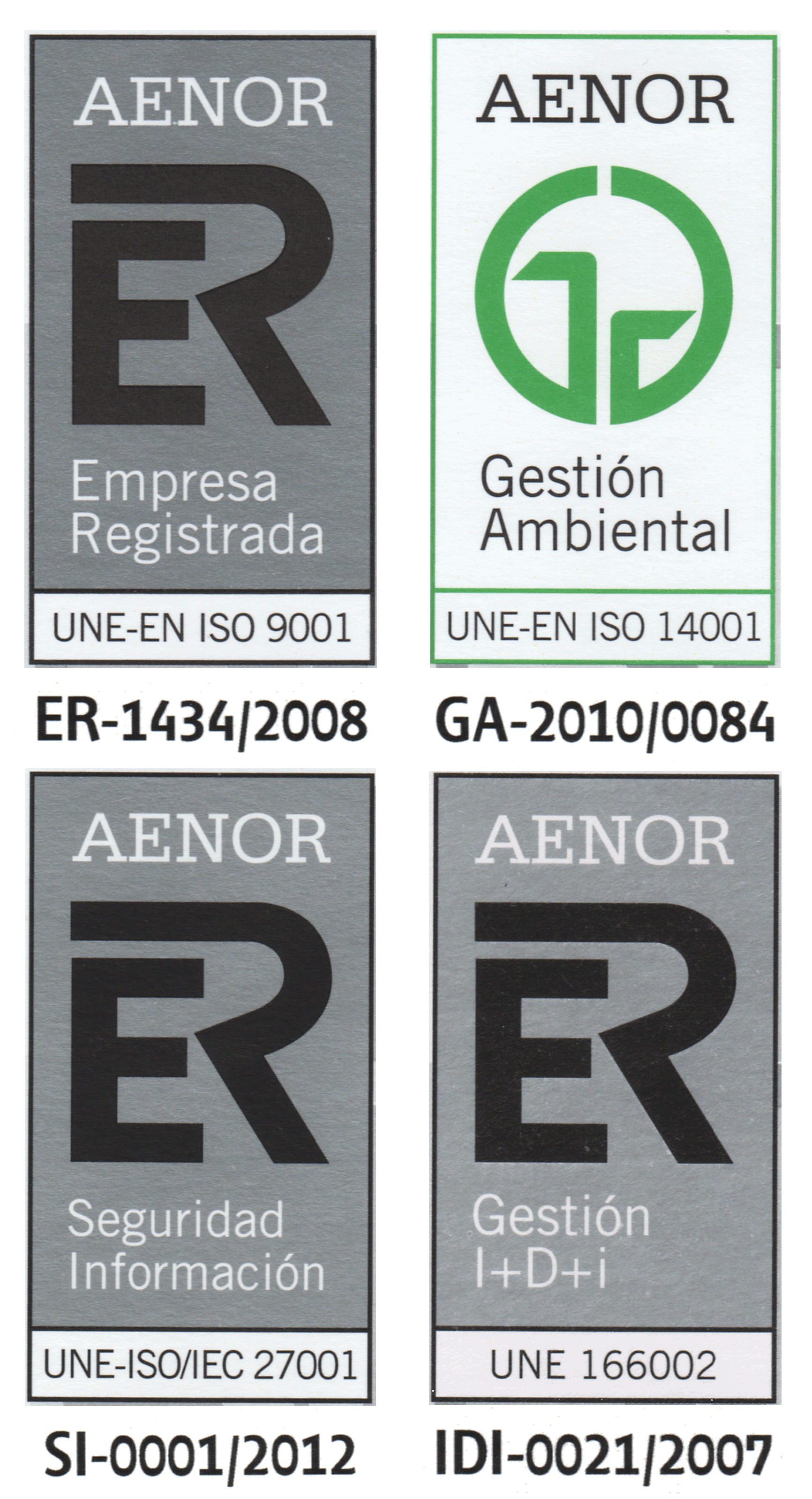|
- PhD.
- Affiliation:
Investigador Colaborador Externo (Research Assistant at The University of Sheffield).
- Bio
Dr. Luis Felipe Macias-Ramos was born in Seville, Spain in 1981. He got his MSC in Computer Engineering in June 2005 by the University of Seville (US) and moved to industry later that year. Over a 5-year period, he worked for several companies - like Accenture Spain - in a plethora of roles, including software development, systems administration, IT support service management, and consultancy. Particularly, during that time he got specially involved with IT support management for the Public Health Care Service of Andalusia, Spain.
In the early 2010s, he decided to turn his career (and his life) in a new direction and went back to the US, joining the Research Group on Natural Computing (RGNC), led by Prof. Mario J. Perez-Jimenez. There he conducted over several years extensive research on the definition and simulation of membrane systems, a kind of bio-inspired computational models devised after the structure and functioning of living cells. Particularly, he worked on membrane models for micro and macro level complex systems, like gene regulation systems and ecosystems, with a specialization in Population Dynamics of endangered species such as the Bearded Vulture in Catalan Pyrenees or the Giant Panda in China. Moreover, he conducted research on neural–like membrane models and designed simulation tools involving fault diagnosis systems for power infrastructures on both sequential (JAVA) and HPC (CUDA) platforms.
Also during his time with the RGNC, he jointly handled the NVIDIA GPU Research Center at the US - which provides HPC simulation services for interested researchers -, promoted best industry practices in academia - by jointly pursuing and obtaining several ISO quality certificates for the RGNC –, provided teaching for both undergraduate and master students, and spent a 3-month research and teaching stay at the Huazhong University of Science and Technology (HUST) of Wuhan, China, under the supervision of Prof. Linqiang Pan.
After getting his PhD in Computer Science in February 2016, Luis briefly joined the School of Arts of Jerez de la Frontera, Spain, providing IT teaching to Fine Arts students and professionals. Finally, in August 2016 he joined The University of Sheffield as a RA attached to the EPSRC-funded TransEnergy project, which aims to provide viable relevant approaches to plan and implement Road to Rail infrastructures within the UK railway network.
On the personal side, he declares himself in love with science, art and music. A movie, series and comic geek, he also enjoys outdoors activities like hiking and is an avid backpacker. Talkative and warm, he considers an interesting conversation - while sharing a coffee - one of the best things in life. Also, he thinks that Game of Thrones is not such a big deal.
- Contact information
Dr Luis Felipe Macias-Ramos
Research Associate, TransEnergy
Department of Mechanical Engineering
University of Sheffield
Mappin Street, Sheffield, S1 3JD, UK
Office: RD12b ́@ St Georges Mappin Mining Block
Tel: +44 (0)114 222 7876 (shared)
E-mail: luis.macias-ramos 'at' sheffield.ac.uk
E-mail: lfmaciasr 'at' us.es
- Publications
2017
2016
2015
2014
2013
Martínez-del-Amor, M. A., Pérez-Hurtado I., García-Quismondo M., Macías-Ramos L. F., Valencia-Cabrera L., Romero-Jiménez Á., et al.
(2013). DCBA: Simulating population dynamics P systems with proportional objects distribution.
( Erzsebet Csuhaj-Varjú, Marian Gheorghe, Grzegorz Rozenberg, Arto Salomaa, György Vaszil, Ed.). Lecture Notes in Computer Science. 257-276. Abstract
Macías-Ramos, L. F., Pérez-Jiménez M. J., Riscos-Núñez A., & Rius-Font M.
(2013). The efficiency of tissue P systems with cell separation relies on the environment.
( Erzsebet Csuhaj-Varjú, Marian Gheorghe, Grzegorz Rozenberg, Arto Salomaa, György Vaszil, Ed.). Lecture Notes in Computer Science. 7762 (2013), 257-276. Abstract
- Additional information
- External Links
|

|
|
|




